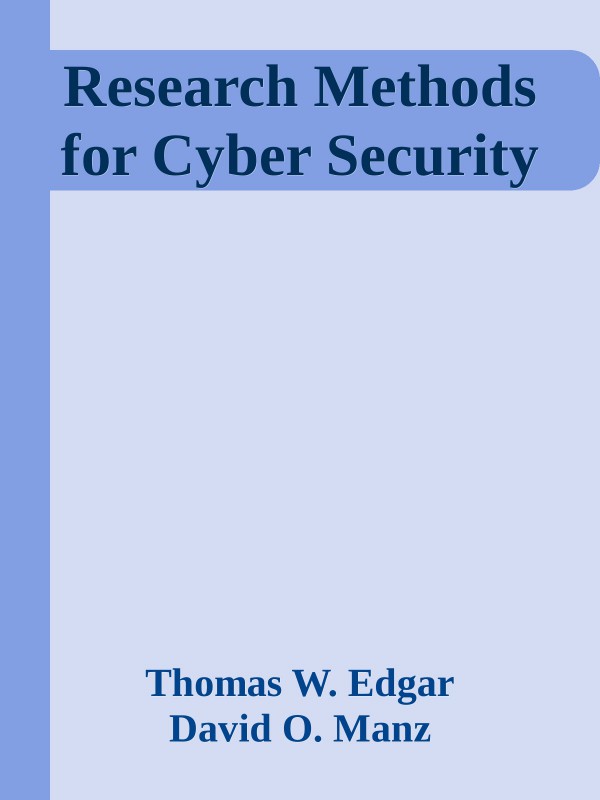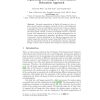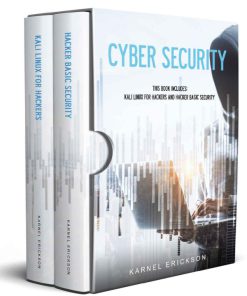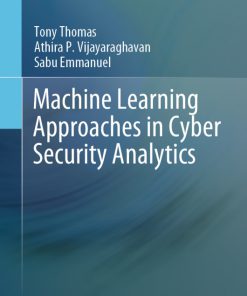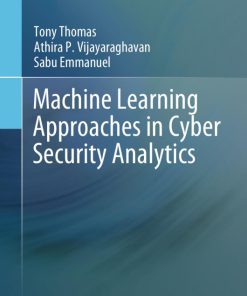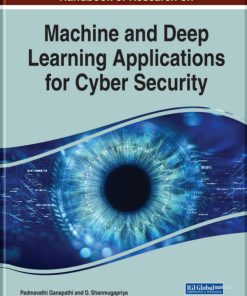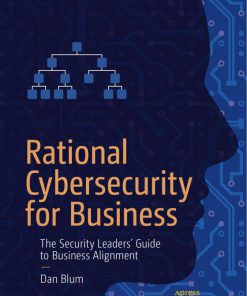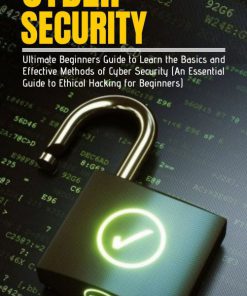Research Methods for Cyber Security 1st edition by Thomas Edgar, David Manz ISBN 0128053496 ‎ 978-0128053492
Original price was: $50.00.$25.00Current price is: $25.00.
Authors:Thomas W. Edgar; David O. Manz , Series:Cyber Security [305] , Tags:Computers; Security; General , Author sort:Edgar, Thomas W. & Manz, David O. , Ids:Google; 9780128053492 , Languages:Languages:eng , Published:Published:May 2017 , Publisher:Elsevier Science , Comments:Comments:Research Methods for Cyber Security teaches scientific methods for generating impactful knowledge, validating theories, and adding critical rigor to the cyber security field. This book shows how to develop a research plan, beginning by starting research with a question, then offers an introduction to the broad range of useful research methods for cyber security research: observational, mathematical, experimental, and applied. Each research method chapter concludes with recommended outlines and suggested templates for submission to peer reviewed venues. This book concludes with information on cross-cutting issues within cyber security research. Cyber security research contends with numerous unique issues, such as an extremely fast environment evolution, adversarial behavior, and the merging of natural and social science phenomena. Research Methods for Cyber Security addresses these concerns and much more by teaching readers not only the process of science in the context of cyber security research, but providing assistance in execution of research as well. Presents research methods from a cyber security science perspective Catalyzes the rigorous research necessary to propel the cyber security field forward Provides a guided method selection for the type of research being conducted, presented in the context of real-world usage

